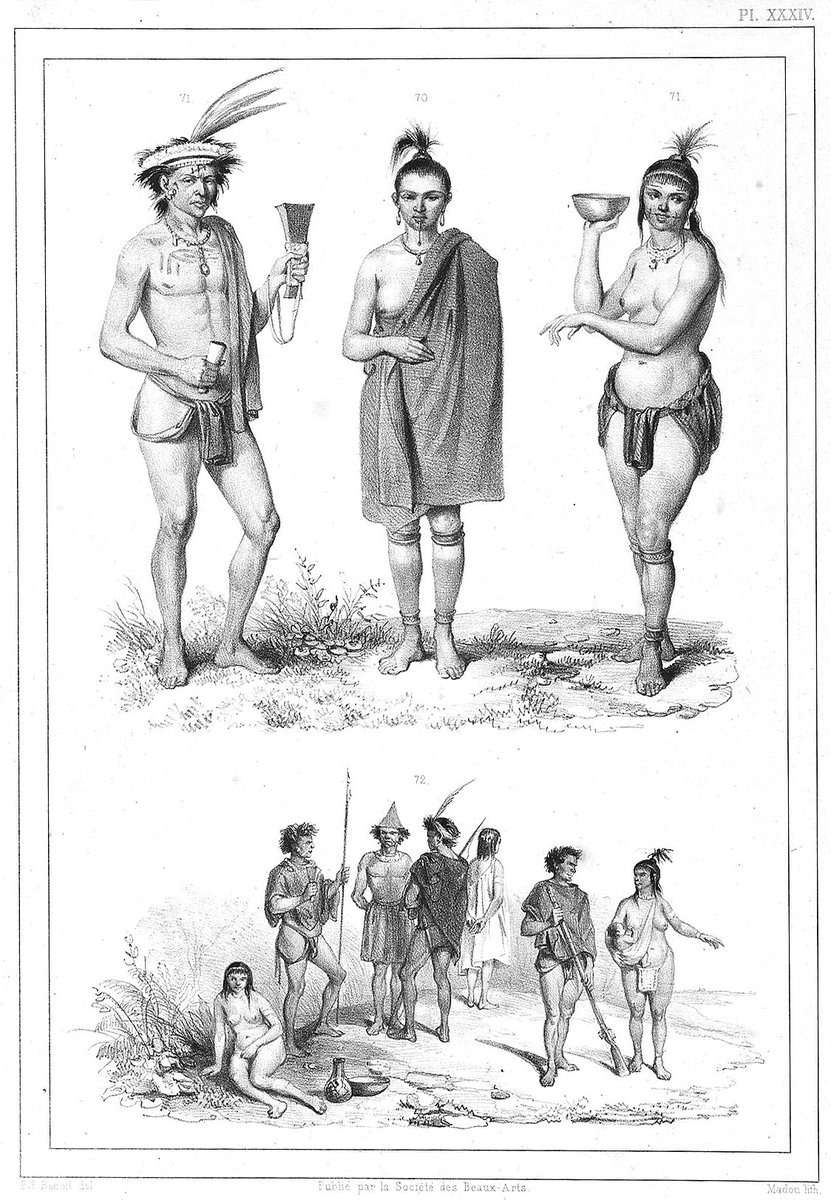1492, The Taínos of Hispaniola informed Columbus and his crew about a group of fierce warriors who frequently raided the islands, often capturing women, and practiced cannibalism. They were talking about the Caribs, indigenous peoples from whom the Caribbean Sea gets its name. 





The Caribs represented the last wave of peopling in the Caribbean before the European colonization, following the footsteps of the Arawaks several centuries ago, emerging from the Orinoco River in Venezuela, sailing to the Antilles, even reaching the Bahamas. 





They were an invading force. However, there are two types of Caribs: Mainland Caribs / Kalina (Guianas and Venezuela) and Island Caribs / Kalinago (Lesser Antilles). Many of the latter did not speak a Cariban but an Arawakan language (Igneri); There are several theories about why 



Traditionally it's assumed that Carib society was profoundly exogamous. At some point, when the tribes grew large enough, unmarried young men formed war bands to conquer and take slave-wives, thus explaining the rapid expansion. 



The Caribs didn't include human meat in their daily diet, but they most likely practiced ritual cannibalism, especially after conquering a rival tribe. By devouring the enemy, the Carib warriors seized their possessions physically and symbolically. 

This theory could explain why, upon the arrival of the Europeans, the mainland Caribbeans seemed to have abandoned cannibalism for the most part. The insular Caribs did not speak Carib because, as the Lesser Antilles was an area of recent conquest, women mostly spoke Arawakan. 



The Caribs sometimes adopted customs from the conquered peoples; some practiced agriculture, although their economy was based mainly on fishing and trade over long distances using canoes. That's probably why the Carib men of the Antilles spoke a Carib pidgin. 





Insular Caribs have long since ceased to exist, and the new inhabitants of the islands are predominantly of African descent. However, the mainland (Kalina) Caribs continue to exist today in small communities scattered along the rivers and coasts of Venezuela, Guianas, and Brazil 







If the Europeans had arrived in America a few centuries after Columbus, how far would the Carib expansion have gone? 

• • •
Missing some Tweet in this thread? You can try to
force a refresh
































